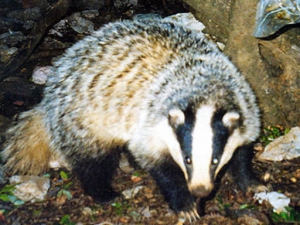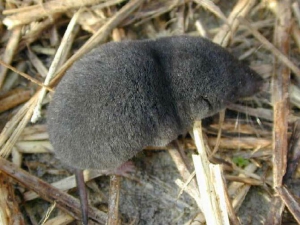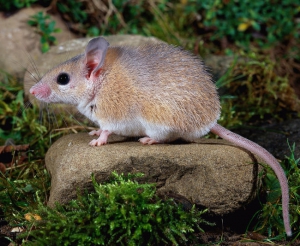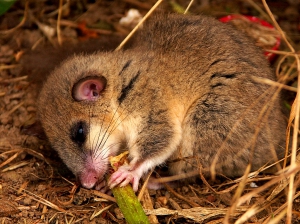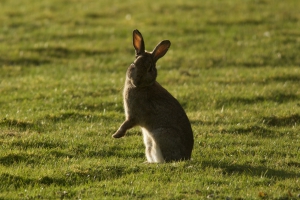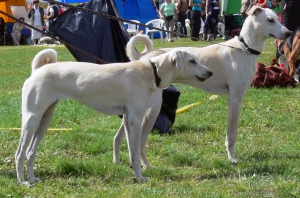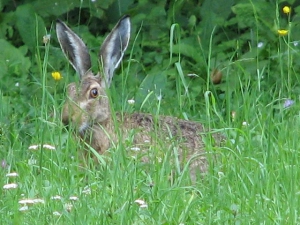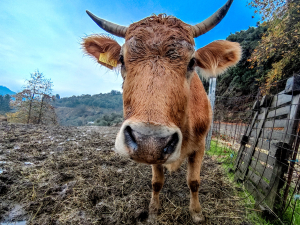The badger of Crete or arcalos (scient. Meles meles arcalus) is an endemic subspecies of the common badger. It is a carnivorous mammal resembling a bear with short legs and relatively long body (70-95 centimeters) and short tail (15 centimeters), while it can weight up 20 kilos.
The Cretan white-toothed shrew (scient. Crocidura zimmermanni) is the only endemic mammal in Greece, found only in Crete, but it is displaced by the introduced lesser white-teethed shrew (scient. Crocidura suaveolens). Moreover, the smallest mammal of the world, the Etruscan shrew, is the third species of shrew met in Crete.
The Cretan spiny mouse (scient. Acomys minous) a threatened species of mouse endemic to Crete and Africa. It is named so, after the coarse, stiff hairs on its back and tail.
The edible dormouse (Glis glis argenteus), squirrel tailed dormouse, myoxus or fat dormouse of Crete is a subspecies of the common dormouse species, met throughout Europe and western Asia. Crete is the southernmost point where we meet this species, with the largest population being limited in Samaria National Park and some individuals being reported in Psiloritis Mount.
The European rabbit (scient. Oryctolagus cuniculus) is a closely related species to hare, which has been introduced on the island of Crete by humans (many confuse that with hare). Despite the many predators on Crete, the rabbit reproduced rapidly and is now spread across the island of Crete and several smaller islets around it.
The Cretan Hound or Cretan Tracer is the oldest hunting breed of dog in Europe, with more than 4000 years of history on the island of Crete. It is believed to originate from the ancient breed of hound Basentzi in Egypt, introduced to the island’s particular conditions. By the middle of the last century, only a few purebred dogs were remaining, mostly in east Crete, but today the situation has improved considerably.
Hare (scient. Lepus europaeus) is one of the most widespread mammals throughout Europe, which also exists in large numbers throughout the island of Crete. It's a herbivorous mammal whose length can reach 55 centimeters and whose weight is approximately 2-3 kilos. Its color is hazelnut-grey to grey brown. It has long ears, its hind legs are longer than the front ones and its pads are covered with a thick coat leaving a characteristic trace on the snow.
The short-horned cow of the Cretan breed today has many cows mainly in the Drakona area of the White Mountains and until recently was considered almost extinct..
- 1
- 2











